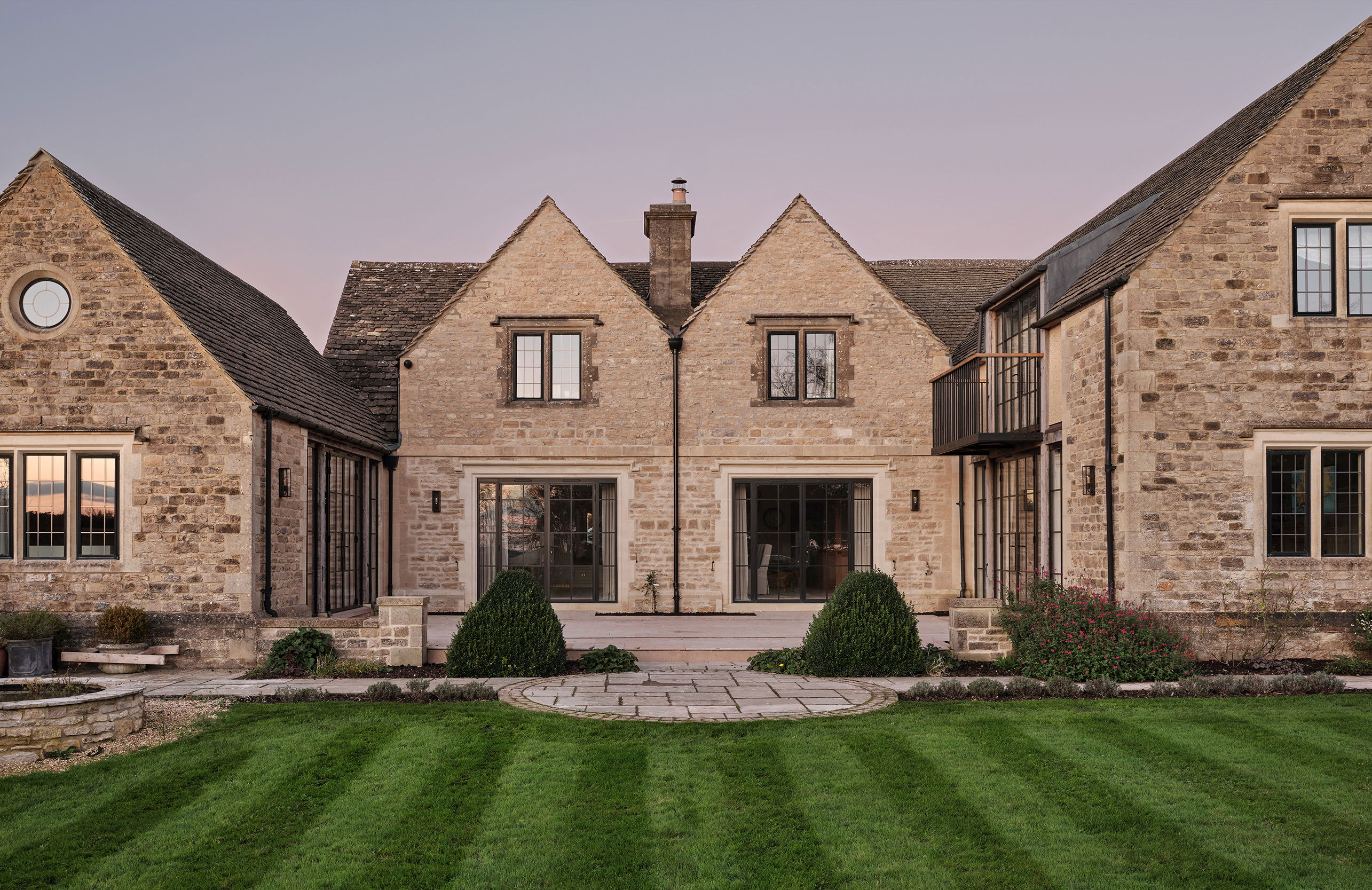
Thermally Upgrading Heritage Homes: Adapting Historic Architecture for Modern Living
Improving the energy performance of a heritage home isn’t just about adding insulation or upgrading a boiler. It takes expertise, sensitivity and a deep understanding of how these buildings work. Done well, thermal upgrades can deliver lasting comfort and efficiency — without erasing the character that makes these homes unique and preserving them for generations to come.

Insight Before Intervention
No two heritage properties are the same — and the starting point is always understanding the building as it exists now. What materials were used? How has it been altered? What protections are in place, and how is it lived in today? These questions form the foundation of any strategy.
We often find that low-intervention steps — improving ventilation, fine-tuning existing heating systems, or addressing draughts — can bring meaningful early improvements. But everything depends on getting to know the building first. With the right insights, the most effective changes reveal themselves.

Compatible Insulation Choices
Heritage buildings are designed to breathe. Unlike contemporary construction, they rely on the natural movement of air and moisture to stay healthy. That’s why many conventional insulation products — designed to be airtight and impermeable — can do more harm than good.
Instead, natural, vapour-open materials such as sheep wool, hemp, or wood fibre offer a better fit. They support the building’s existing performance, help manage humidity, and deliver effective thermal improvements — especially in lofts and roof spaces where the greatest heat loss often occurs.


Mindful Improvements to Floors and Walls
Upgrading floors and walls requires both sensitivity and technical understanding. Solid floors made of stone or limestone, for instance, are often better left undisturbed — preserving both character and breathability. Where timber floors are in place, insulation can usually be added between joists, as long as ventilation is carefully maintained.
Walls offer further opportunities, but need to be approached with precision. Internal insulation using breathable systems — such as calcium silicate or wood fibre boards — can improve thermal comfort without trapping moisture. External insulation may offer better overall performance but comes with visual considerations, particularly where façades and original detailing are concerned.

Subtle Upgrades to Windows and Doors
Original windows and doors are part of the architectural story of any heritage home. Rather than replacing them, there are now refined ways to improve their performance. Slim-profile double glazing, secondary glazing, or vacuum glazing can all be integrated into existing frames, subtly enhancing thermal efficiency.
Alongside this, thoughtful draughtproofing and the reintroduction of shutters or heavy curtains can significantly improve comfort — all without affecting the building’s appearance or feel.

Heating Systems That Fit the Building
Heating systems in heritage homes need to be considered as a whole — not just in terms of energy source, but how heat is distributed and retained. In some cases, existing boilers and radiators can be upgraded with new controls. In others, more modern solutions — from air and ground source heat pumps to biomass systems — may be better suited, depending on the building’s insulation levels and layout.
What matters most is ensuring that the system chosen aligns with the building’s character, scale, and energy demands — both now and into the future.

Considered Change, Lasting Benefit
Thermally upgrading a heritage property isn’t a one-size-fits-all exercise. When done without care, it can lead to condensation, discomfort, loss of historic value, and significant costs down the line. But with a tailored, fabric-first approach — rooted in a clear understanding of how the building works — it’s possible to make smart, lasting improvements.
The goal is not just to meet modern standards, but to bring these buildings forward — improving their performance while protecting their story. With the right expertise, heritage homes can evolve with the times, remaining just as beautiful, and now far more comfortable, for generations to come.
What’s Next?
Discover our latest Architecture Projects and Instagram page.
Whether you’re looking for a heritage renovation or an imaginative new-build home, our Architecture team is on hand to create thoughtfully-considered and beautifully-crafted homes that will leave a lasting legacy.
Get in touch to get started.
